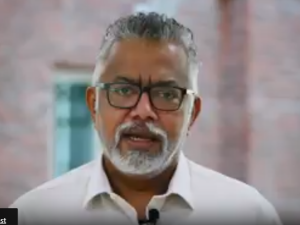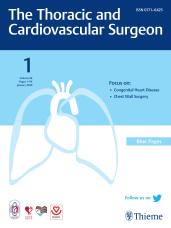Yasser Menaissy 1, Hesham Alkady 1, Sonia El-Saiedi 2
Affiliations Expand
- PMID: 31496402
- DOI: 10.1177/2150135119852318
Abstract
Background: Catheter-based interventions for treating congenital cardiac defects have gained wide acceptance as they reduce the risks associated with surgery. However, these procedures are associated with some complications, such as the embolization of devices or stents and the injury of surrounding structures, which might need a rescue surgical intervention.
Methods: Data from 25 patients who needed rescue surgery following interventional catheterization between January 2008 and January 2018 were retrospectively collected and statistically analyzed to review the decision and timing of surgery as well as the surgical techniques and results.
Results: There were 24 cases of rescue surgery after device embolization, including 9 cases of atrial septal defect closure, 8 cases of patent ductus arteriosus closure, 4 cases of pulmonary artery balloon dilatation with stenting, 3 cases of muscular ventricular septal defect closure, and 1 case of right ventricular outflow tract injury during balloon valvuloplasty. Median age was 4 years (range, 2 months to 12 years). All rescue surgeries were done via median sternotomy. The mean time interval between the decision to remove the device surgically and the actual surgical procedure was 75 ± 14 minutes. There were no reported cases of postoperative complications or mortality among the patients who underwent surgery.
Conclusion: Our single-center experience confirms that early rescue cardiac surgery to correct adverse events after pediatric transcatheter interventions is safe and effective. Surgical strategies should be tailored according to the situation in each case.





